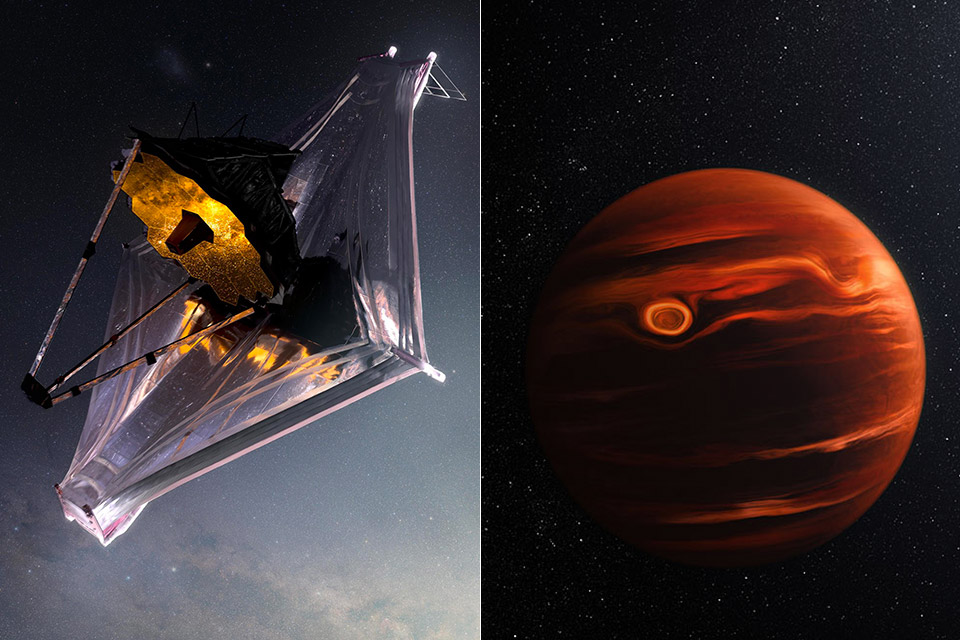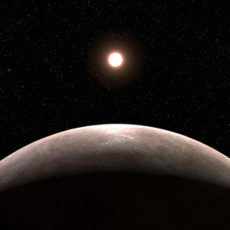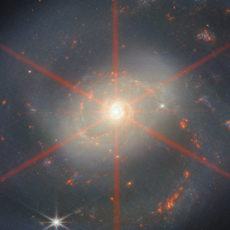
NASA’s James Webb Space Telescope captured swirling clouds on remote planet VHS 1256 b, which is located around 40 light-years away from Earth. This exoplanet orbits two stars over a 10,000-year period and within those clouds, Webb found both larger as well as smaller silicate dust grains, with the smaller most likely being tiny particles in smoke.
Unlike more massive brown dwars, VHS 1256 b has lower gravity, which means its silicate clouds can remain higher in the atmosphere where Webb can detect them. Researchers have come to these conclusions by studying data known as spectra gathered by two instruments aboard Webb, its Near-Infrared Spectrograph (NIRSpec) and the Mid-Infrared Instrument (MIRI).
- POWERFUL TELESCOPE FOR ASTRONOMY BEGINNERS: The AstroMaster 130EQ delivers sharp optics, a stable equatorial mount, and smooth manual controls, making...
- HIGH-QUALITY 130MM OPTICS: Enjoy views through the 130mm (5”) Newtonian reflector, which features high-quality aluminum and SiO₂ coatings and...
- SMOOTH, ACCURATE POINTING: Effortlessly aim and center your target using the two slow-motion control knobs for right ascension and declination whether...

VHS 1256 b is about four times farther from its stars than Pluto is from our Sun, which makes it a great target for Webb. That means the planet’s light is not mixed with light from its stars. Higher up in its atmosphere, where the silicate clouds are churning, temperatures reach a scorching 1,500 degrees Fahrenheit (830 degrees Celsius),” said Brittany Miles, Astronomy / Steward Observatory Researcher at the University of Arizona.







